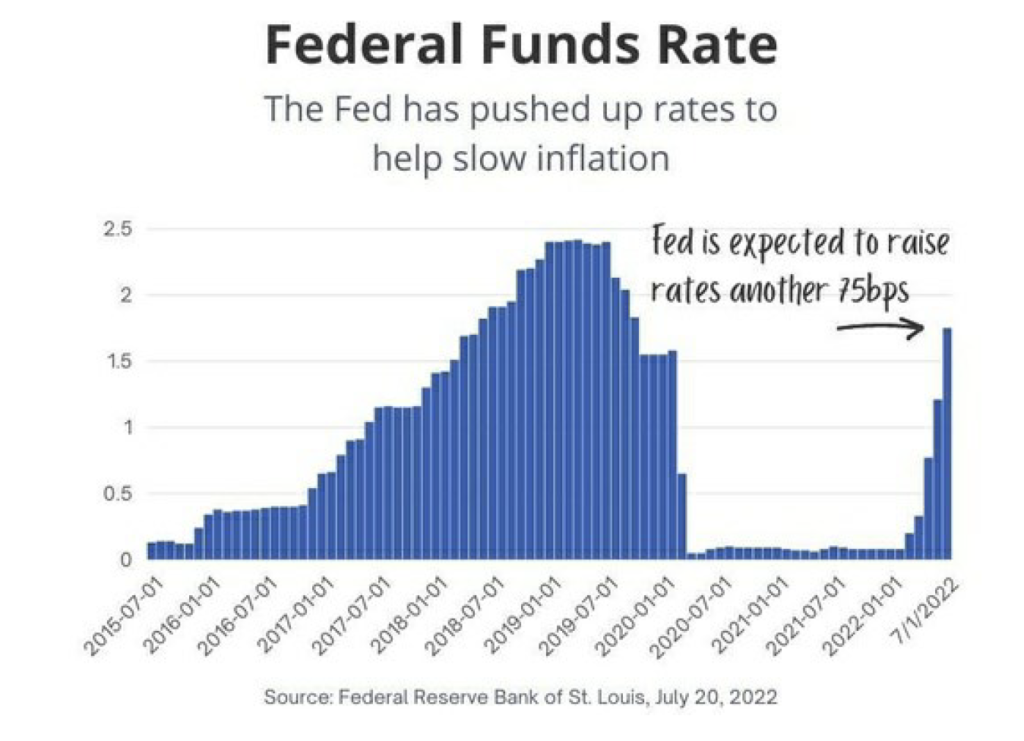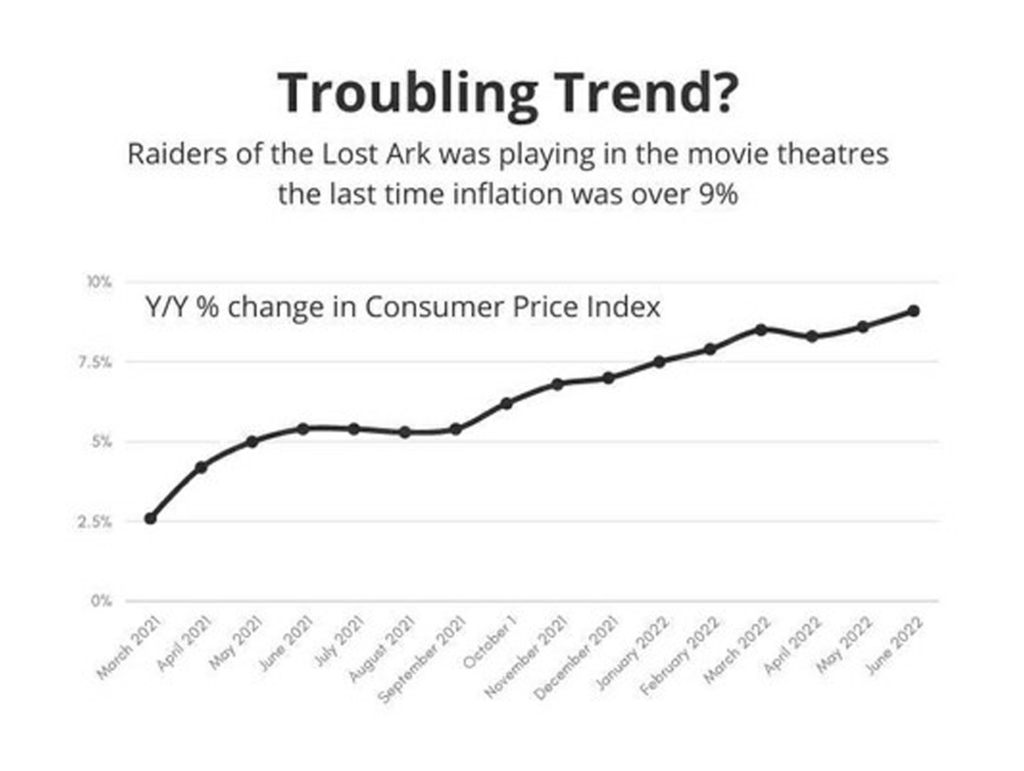
1.02 Billion Reasons to Be Prepared
What would you do with a windfall? It’s a question I’ve read or heard a lot lately. Considering the Mega Millions jackpot has now grown to $1.02 billion, it’s safe to say most of us have thought about what it would be like to win.
While winning the lottery is far from likely (odds this week are 1 in 303 million), it’s never a bad idea to consider what your future may bring. After all, a windfall isn’t limited to lottery winnings; inheritance, property sales, employee stock options, business sales, investment returns, and gifts can also qualify.
Here are some tips to keep in mind, should you come into a windfall:
- Assemble Your Team – When facing a windfall of any size, it’s wise to secure the services of an attorney and an accountant who specialize in tax law. They can help manage your newfound wealth while your financial professional (that’s me) works with you to create a long-term strategy.
- Mum’s the Word – It’s unfortunate, but there are those who would love to separate you from your money by any means possible. You can avoid some of these scammers by only discussing your finances with those you trust.
- Plan to Give – As word of your luck spreads, you may get financial requests from friends, family, or charities. Speak with your financial team about gifting strategies or how much you can donate annually. You may even want to consider forming your own charitable foundation.
Are you actually likely to win the lottery? No. But it never hurts to be prepared for a lucky day.
The content is developed from sources believed to be providing accurate information. The information in this material is not intended as tax or legal advice. It may not be used for the purpose of avoiding any federal tax penalties. Please consult legal or tax professionals for specific information regarding your individual situation. This material was developed and produced by FMG Suite to provide information on a topic that may be of interest. FMG Suite is not affiliated with the named broker-dealer, state- or SEC-registered investment advisory firm. The opinions expressed and material provided are for general information, and should not be considered a solicitation for the purchase or sale of any security. Copyright 2022 FMG Suite.
 Dr. Jason Van Duyn
Dr. Jason Van Duyn
586-731-6020
AQuest Wealth Strategies
President
![]() Dr. Jason Van Duyn CFP®, ChFC, CLU, MBA is a Registered Representative with and Securities and Advisory Services offered through LPL Financial, a Registered Investment Advisor. Member FINRA & SIPC. The LPL Financial registered representative associated with this site may only discuss and/or transact securities business with residents of the following states: IN, IL, TX, MI, NC, AZ, VA, FL, OH and CO.
Dr. Jason Van Duyn CFP®, ChFC, CLU, MBA is a Registered Representative with and Securities and Advisory Services offered through LPL Financial, a Registered Investment Advisor. Member FINRA & SIPC. The LPL Financial registered representative associated with this site may only discuss and/or transact securities business with residents of the following states: IN, IL, TX, MI, NC, AZ, VA, FL, OH and CO.


 Thanks to healthier lifestyles and advances in modern medicine, the worldwide population over age 65 is growing. In the past decade, the population of Americans aged 65 and older has grown 36% and is expected to reach 94.7 million in 2060. As our nation ages, many Americans are turning their attention to caring for aging parents.1
Thanks to healthier lifestyles and advances in modern medicine, the worldwide population over age 65 is growing. In the past decade, the population of Americans aged 65 and older has grown 36% and is expected to reach 94.7 million in 2060. As our nation ages, many Americans are turning their attention to caring for aging parents.1











